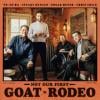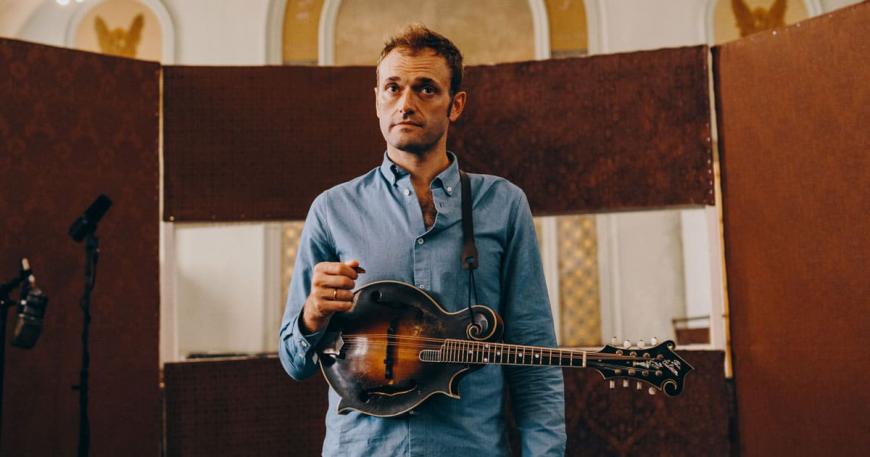
As eight-string enthusiasts know, we are in the midst of a new golden age of the mandolin. The state of the art has never been higher, with a bevy of great players pushing the boundaries of technique and luthiers building outstanding instruments like never before.
Standing at the forefront of the current resurgence is Chris Thile, a virtuoso performer and composer who is seemingly at home in every genre from bluegrass to Baroque to indie pop. Admired for his sweet, warm tone, remarkably fluid lines, and deep groove, Thile's boundless enthusiasm and energy have resulted in dozens of albums as a band member, solo artist, and in duets with other top-notch musicians. Add to this his creative output of original music: scores of songs, chamber pieces, long-form compositions, and even a full-blown mandolin concerto.
Along the way, the 40-year-old has been acknowledged with a fistful of Grammy awards, numerous “mandolinist-of-the-year” honors from the International Bluegrass Music Association, and an honorary doctorate from the New School in New York. In 2012 he was named a MacArthur Fellow, earning the so-called “genius award” for “creating a new musical aesthetic and a distinctly American canon for the mandolin through a lyrical fusion of traditional bluegrass orchestrations with a range of styles and genres.”
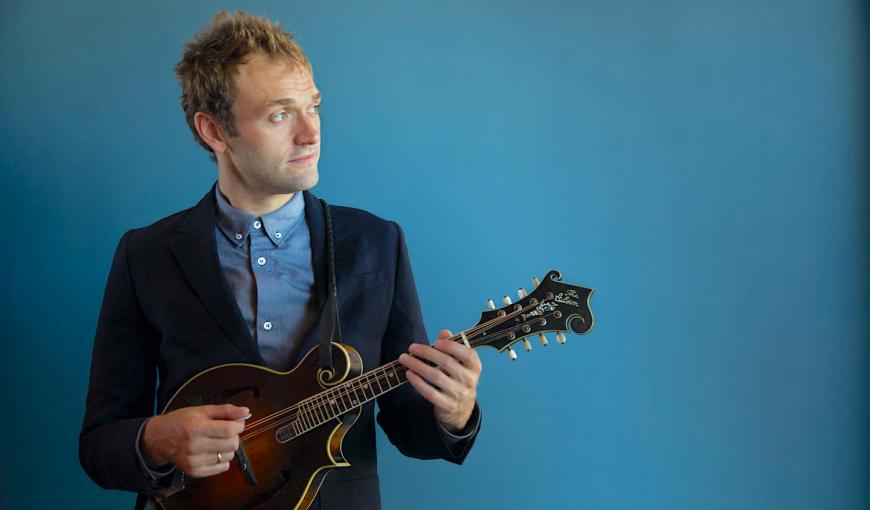
For those who aren’t already up to their ears in mandolin lore and history, it’s worth putting his accomplishments in context. A little over a century ago, the mandolin was arguably the most popular instrument in the United States. Waves of Italian and other European immigrants brought mandolins with them, and there was homegrown enthusiasm for the portable, relatively easy to learn instrument, too. There were mandolin clubs, chamber ensembles, and fully fretted orchestras dotting the amateur and semiprofessional musical landscape. The iconic Gibson brand, today best known for its electric and acoustic guitars, started off as mainly a company that catered to mandolin ensembles and fostered interest in the instrument.
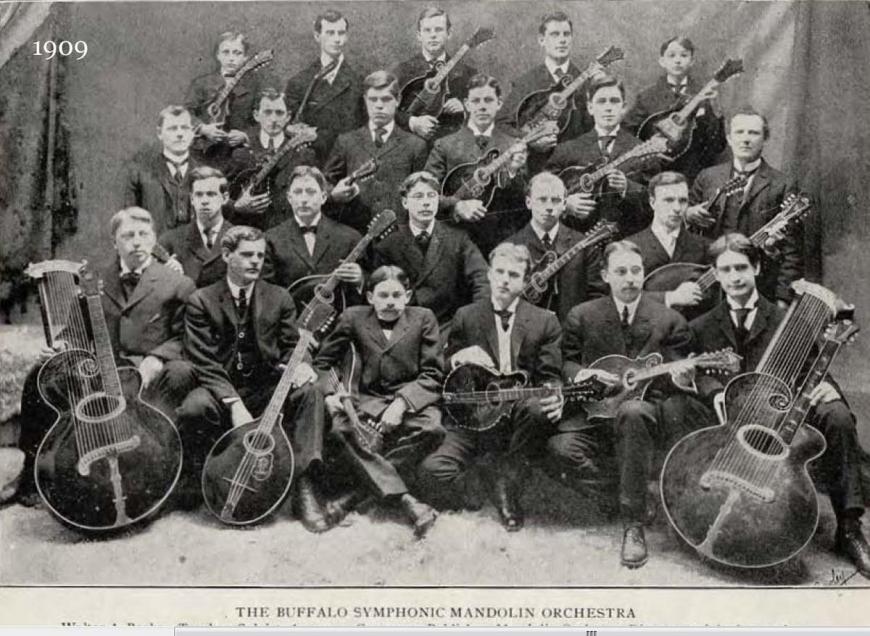
By the 1920s, interest in the mandolin had all but faded, just about the time Gibson perfected the F-5, an instrument intended for classical musicians but which found its real home in the world of bluegrass, when Bill Monroe, the “father of bluegrass” started playing an F-5 at the center of his high-powered, mountain-music string bands in the late ’40s. Monroe’s powerful, blues-drenched mandolin style fostered fresh interest in the instrument and his remarkable output of challenging instrumentals and passionate songs became the backbone of the bluegrass repertory, an influence that lasts to the present day and which Thile has fully absorbed.

Monroe has had numerous acolytes over the years, and perhaps the most significant mandolinist in that tradition has been David Grisman, who created his own amalgam of bluegrass, jazz, choro, and classical strains to create what he calls “Dawg Music.” Beginning with the release of The David Grisman Quintet in 1977, Grisman pushed the boundaries of what comprised mandolin music, and his innovative collaborations with a long roster of top-notch players is the antecedent for the kind of work that Thile has been pursuing in his own career. For those keeping score, Grisman and Thile also play vintage Gibson F-5 mandolins as their primary instruments.
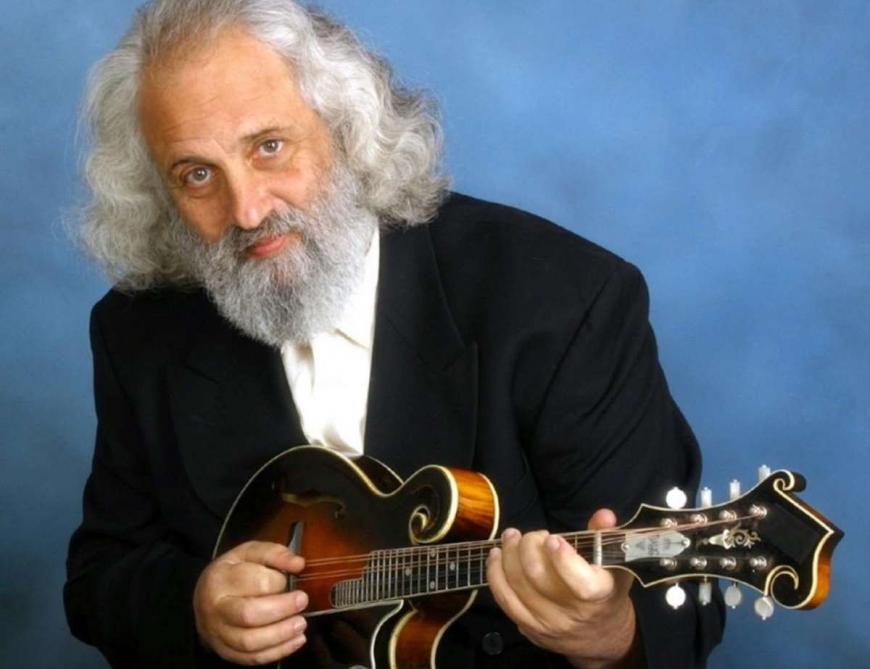
I first met Thile at a bluegrass festival in Grass Valley back in the early ’90s, when a colleague asked if I’d be willing to loan my mandolin to “an amazing kid” who had been asked to sit in with some seasoned bluegrass musicians for an onstage jam session. I can’t recall the details of the set, but I remember vividly the jaw-dropping performance by the young teen who was giving his elders a run for their money. My jaw continues to hit the floor nearly three decades later whenever I listen to his latest project.
You can see a complete discography here, but the following is an introduction. There are videos available of the studio recordings, but I think the live performances below are more interesting.
Nickel Creek: “Ode to a Butterfly”
California-born Thile started playing at the age of 5, and within a few years he had teamed up with sibling musicians Sara Watkins on fiddle and Sean Watkins on guitar to form Nickel Creek, with Scott Thile, Chris’s dad, on bass in the early years. The group made big waves in the bluegrass and “new acoustic music” worlds. They released six albums and picked up a Grammy for their fourth recording, This Side. Although the group disbanded in 2007, the members continue to work together in various configurations, and the trio reunites occasionally to record and perform, most recently for a series of livestream concerts in 2021. With roots in bluegrass and old-time fiddle music and instrumentation, the trio pursued its eclectic interests and original songwriting ideas from the beginning, setting an approach that Thile has pursued ever since. Their eponymous third album included Thile’s “Ode to a Butterfly,” a tune that countless mandolinists have been trying to catch ever since.
Punch Brothers: All Ashore
Following on the heels of Nickel Creek, Thile assembled some fellow virtuosos to form the Punch Brothers, a group that looks like a conventional bluegrass string band, but is capable of playing pretty much anything any of the members can imagine. The original lineup — Chris Thile on mandolin, Gabe Witcher on fiddle, Chris Eldridge on guitar, and Greg Garrison on bass (Paul Kowert is the current bassist), and Noam Pikelny on banjo — debuted at Carnegie Hall to perform Thile’s 40-minute suite, The Blind Leaving the Blind, and have since gone on to tackle everything from Radiohead covers to one of the Brandenburg Concertos. The group has recorded seven albums over the years. The most recent, 2018’s All Ashore, featuring all original material, won a Grammy for Best Folk Album in 2019.
The Punch Brothers perform nearly the entirety of All Ashore in this 2018 live show at the House of Blues, along with some fan favorites.
Punch Brothers: Bach: Brandenburg Concerto No. 3, Allegro in G Major
It’s a bluegrass band, it’s a Baroque ensemble, it’s the Punch Brothers.
Spontaneous collaboration and invention are Thile’s lifeblood, and three duet projects show the breadth of his interest in the duet format.
Chris Thile and Mike Marshall: “Fisher’s Hornpipe”
His work with fellow mandolin virtuoso Mike Marshall is thrilling on Into the Cauldron and Live: Duets. The pair jump from fiddle tunes to bop standards to a bit of Bach with energy, precision, and a lot of fun. “Fisher’s Hornpipe” is an old chestnut common in many American fiddling traditions, but the duo’s approach is anything but traditional. After a straight reading of the tune once through, it’s off to the races.
Chris Thile and Michael Daves: “I’m Going to Sleep With One Eye Open”
Brother duets featuring guitar and mandolin with harmony singing were at the heart of old-time country music in the early 20th century, and Thile’s duet with guitarist Michael Daves show the pair delving into the tradition of the Monroes, Delmores, Louvins, and others with wild enthusiasm. Here are some tracks performed live in an NPR “Tiny Desk Concert” from 2011.
Chris Thile and Edgar Meyer: “Big Top”
The wonderfully offbeat mandolin and bass project with classical bassist Edgar Meyer explores the interaction of instruments at the extreme ends of the sonic spectrum. Here’s “Big Top” from their second recording, Bass & Mandolin.
Chris Thile: Laysongs
Even in the early years, Thile was releasing solo albums in addition to his band work and other collaborations, beginning with Leading Off in 1994. Seven more solo efforts have followed to date, with the most recent, Laysongs, dropping on June 4, 2021. That last effort is truly “solo,” with just Thile’s voice and mandolin on a set of six originals and three covers. Here’s the title track.
Chris Thile: Bach: Sonata No. 1 in G Minor, BWV 1001
Numerous fretted-instrument players have tackled the Bach Sonatas and Partitas, but Thile took the effort to a new level on 2013’s Bach: Sonatas and Partitas, Vol. 1. He finds ways to translate complex bowing patterns to the flatpick with no loss of clarity.
Live From Here: “Thanks for Listening”
Many folks outside the bluegrass and mandolin communities first encountered Thile when he assumed guest-host duties for Garrison Keillor on his weekly A Prairie Home Companion radio program. When Keillor left permanently, Thile change the name to Live From Here, made the focus a little more uptown, and infused the show with more music. One challenge Thile set himself was to compose a “Song of the Week” for each show. Sometimes these were simple ditties, but more often they were full-blown ensemble pieces or art songs. Here’s “Thanks for Listening” from 2017.
Yo-Yo Ma, Edgar Meyer, Stuart Duncan, and Chris Thile: Not Our First Goat Rodeo
Cellist Yo-Yo Ma, bassist Edgar Meyer, fiddler/violinist Stuart Duncan, and Thile collaborated on an album they dubbed Goat Rodeo Sessions.
The second recording, Not Our First Goat Rodeo was released in 2020. The group, joined by singer Aoife O’Donovan, kicks off Cal Performances’ fall season with a concert at the Greek Theatre in Berkeley on Aug. 21. More info here.
The video below features three tracks from the new album, recorded during the pandemic and featured on the NPR Tiny Desk (Home) Concert series.


